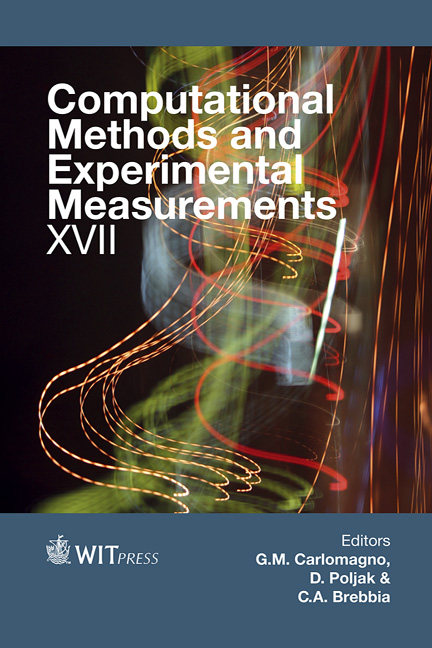Modeling The Economic Growth Of Arctic Regions In Russia
Price
Free (open access)
Transaction
Volume
59
Pages
7
Page Range
179 - 185
Published
2015
Size
369 kb
Paper DOI
10.2495/CMEM150161
Copyright
WIT Press
Author(s)
N. Didenko, K. Kunze
Abstract
The Russian Arctic zone includes nine regions. These regions are rich in natural resources including fish, timber, and minerals. This distant periphery of Russia is a huge territory and poorly developed. These regions are characterized by the highest gross regional product per capita in the country. In some regions, the industrial sector is powerful, but the social infrastructure is poorly developed. Agriculture is almost absent. In this paper the economic growth in the regions of the Russian Arctic is modeled and factors affecting the economic growth are analyzed. The gross regional product of all nine regions of the Russian Arctic as a percentage of Russia’s gross domestic product is used as dependent variable (endogenous variable) in the model. The value of the dependent variable in the current period can be influenced by both its value in the past periods and current and lagged values of exogenous factors. Considering the process of economic growth and analysis of the factors affecting economic growth in regions of the Russian Arctic, autoregressive distributed lag model is used. Using ordinary least squares the coefficients of the model are estimated and findings about the impact of each of the five exogenous factors on the dependent variable are presented.
Keywords
Russian Arctic, economic growth in the regions, gross regional product, endogenous variable and exogenous factors, autoregressive distributed lags, stationary series, ordinary least squares





